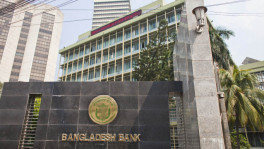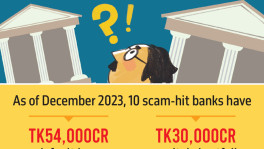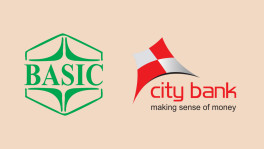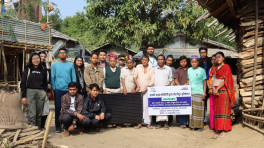DBH 1st Mutual Fund trustee advised to arrange unitholders’ meeting
Investors representing 78.42 percent units of the listed mutual fund want to convert it to an open-end one

The Bangladesh Securities and Exchange Commission on Sunday wrote to the Bangladesh General Insurance Company (BGIC) Ltd – the trustee of DBH 1st Mutual Fund – to call a unitholders' meeting.
At the meeting, unitholders will decide on whether the closed-end mutual fund will be converted into an open-end one or its tenure will be extended for another 10 years.
In a letter, containing a response sought from the trustee, the commission instructed the BGIC to act according to the mutual fund rules, said Md Saifur Rahman, the executive director and spokesperson of the regulator.
According to the rule, the trustee has to call a unitholders' meeting if three-fourths of them ask for it.
Ahmed Saifuddin Chowdhury, the managing director of the BGIC, told The Business Standard on Thursday afternoon that they were yet to receive the capital market regulator's instruction letter sent through courier service.
"We shall follow the regulatory instruction when we receive the letter,'' he added.
Earlier on September 24, the trustee had written to the commission that investors representing 78.42 percent units of the listed mutual fund had requested it to call a unitholders' meeting.
The agenda of the meeting would be to convert the fund into an open-end one.
LR Global Bangladesh Asset Management Company, the asset manager of the fund, had been interested to extend the fund's tenure for another decade till February 6, 2030.
However, majority of the unitholders are apparently in disagreement with the wish of the asset manager because that planned extension might lead to further suffering for them.
Closed-end mutual fund units are trading at a discount in the stock exchanges, which has dragged down the current health of the unitholders' investment portfolio.
On the other hand, if the mutual fund is converted into an open-end one, the unitholders can get back their money based on the current net asset value of the fund units. This offers a better exit to the unitholders in the current market scenario, according to market experts.


 Keep updated, follow The Business Standard's Google news channel
Keep updated, follow The Business Standard's Google news channel
















